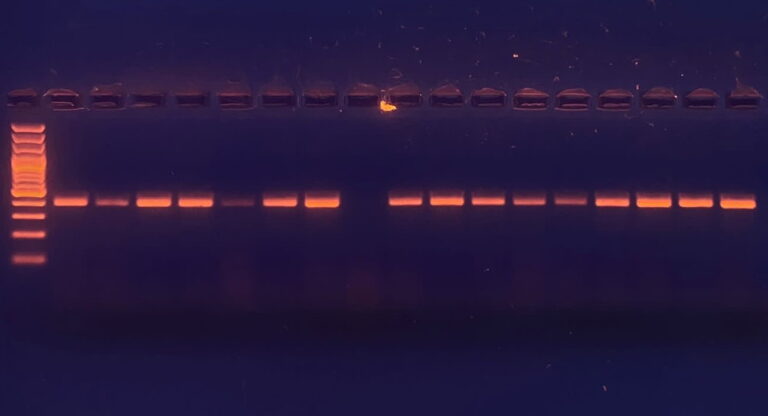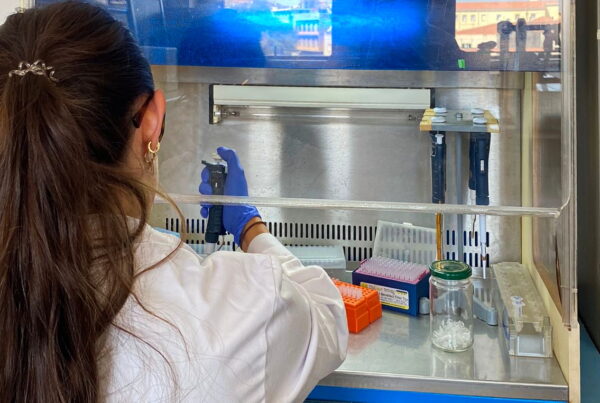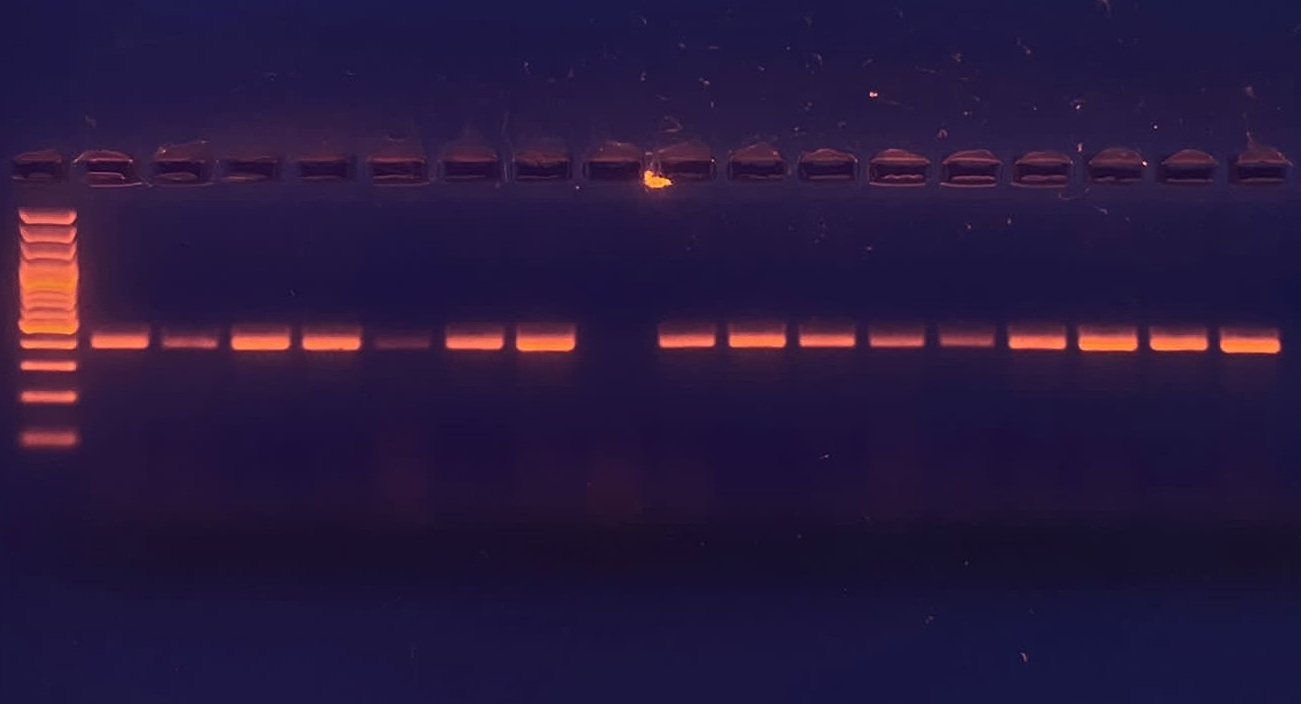Evolutionary History Reconstructed
In the early days of 2024, researchers from the University of Sassari published an important article entirely dedicated to the evolutionary history of Pinna nobilis in the international scientific journal Animals. The study, partially funded by LIFE PINNA and conducted with the contribution of Shoreline researchers, is titled Reconstructing the Evolutionary History of Pinna nobilis: New Genetic Signals from the Past of a Species on the Brink of Extinction. Its aim is to understand how Pinna nobilis evolved over time and space after its ancestor entered the Mediterranean basin approximately 2.5 million years ago.


To achieve this goal, a thorough analysis of 469 sequences from individuals across the Mediterranean Sea was conducted. The research revealed that Pinna nobilis evolved from an ancestor originating from the waters of the Atlantic Ocean. The central part of the western Mediterranean was the initial area where this species settled, later spreading to the Adriatic and the eastern part of the basin. “This discovery suggests the existence of a large pan-Mediterranean population of Pinna nobilis before the mass mortality event, which could support the repopulation plans developed in the western Mediterranean for this species” explains Daria Sanna, a geneticist at the University of Sassari.





